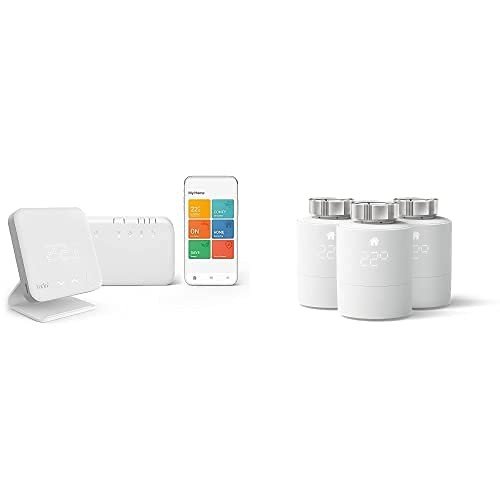The Ultimate Guide to Buying LED Lights in the UK
Over the last few years, LED lights have actually surged in appeal due to their energy efficiency, durability, and adaptability. As the UK moves towards more sustainable energy practices, numerous house owners and companies are making the switch from traditional incandescent and fluorescent bulbs to LED lighting. This short article intends to direct readers through the process of buying LED lights in the UK, highlighting crucial factors to consider, advantages, and frequently asked concerns.
Comprehending LED Lighting
What are LED lights?LED mean Light Emitting Diode. Unlike traditional bulbs, LED lights create light through a semiconductor. This technology is not just more energy-efficient however likewise produces less heat, minimizing electricity expenses in the long run.
Benefits of LED Lights
Energy Efficiency
- LED lights use up to 80% less electricity than traditional incandescent bulbs.
- They transform almost all the energy they take in into light rather than heat.
Durability
- Typical lifespan of LED lights is roughly 15,000 to 50,000 hours, substantially outliving traditional bulbs.
Environmental Impact
- Minimized energy usage decreases carbon footprints.
- LEDs contain no harmful products like mercury, making them environmentally friendly.
Variety and Versatility
- Offered in numerous shapes, colors, and brightness levels ideal for various applications.
Instantaneous Lighting and Dimming Capabilities
- LEDs illuminate immediately and can be dimmed for particular lighting needs without flickering.
Secret Factors to Consider When Buying LED Lights
When looking for LED lights in the UK, it's important to think about various aspects to ensure you acquire the ideal product for your needs.
1. Brightness Level
Brightness in LED lights is determined in lumens. Higher lumens indicate brighter lighting. Here's a quick reference:
| Wattage (Traditional Bulb) | Lumens (LED Equivalent) |
|---|---|
| 40W | 450 |
| 60W | 800 |
| 100W | 1600 |
2. Color Temperature
LEDs come in numerous color temperatures, determined in Kelvin (K). Here's a breakdown of color temperature levels:
- Warm White (2700K - 3000K): Ideal for homes, develops a comfortable atmosphere.
- Cool White (4000K - 4500K): Suitable for work areas, supplying a clean, intense light.
- Daylight (5000K - 6500K): Mimics natural daylight, ideal for outdoor usage or particular job lighting.
3. Dimmability
Not all LED lights are dimmable. If you want the versatility to change brightness levels, guarantee that the LEDs you choose work with dimmer switches.
4. Fixture Compatibility
Think about the type of fixtures in which you'll be putting the LEDs. Typical fitting types in the UK consist of:
- BAYONET (B22): Commonly utilized in homes.
- Edison Screw (E27, E14): Popular for both decorative and basic lighting.
- GU10: Often used for spotlights and recessed lighting.
5. Energy Rating
Examine the energy ranking of the LED light. UK Lighting Online will be appreciated (A+ or higher) for energy performance.
6. Rustic Lamps UK & & Warranty Purchasing quality LED lights typically features guarantees ranging from 1 to 5 years. A longer warranty might suggest a more durable item.
Where to Buy LED Lights in the UK
LED lights are commonly readily available across different platforms, including:
Physical Stores:
- DIY and home improvement shops like B&Q, Homebase, and Wickes.
- Supermarkets such as Tesco and Sainsbury's.
Online Retailers:
- E-commerce giants like Amazon and eBay.
- Specialized lighting websites like LED Hut or Lights4Fun.
Local Electrical Suppliers:
- Independent electric supply shops frequently provide expert guidance.
Recommended Brands
When buying LED lights, consider trusted brands understood for their quality and innovation, such as:
- Philips
- Osram
- Sylvania
- GE Lighting
- IKEA
Often Asked Questions (FAQs)
1. Are LED lights actually worth the financial investment?Definitely. While LED lights might have a higher upfront expense compared to traditional bulbs, their energy effectiveness and long lifespan imply they will save you cash on energy costs in time.
2. Can I utilize LED lights in my existing fixtures?Yes, as long as you pick bulbs compatible with your fixtures (BAYONET, Edison Screw, GU10, and so on), you can quickly replace traditional bulbs with LEDs.
3. Why are some LED bulbs more expensive than others?Cost distinctions can be credited to brand reputation, technology (such as smart features), energy effectiveness scores, and guarantee periods.
4. Do LED lights release harmful radiation?No, LED lights do not emit ultraviolet or infrared radiation and are thought about safe for home usage.
5. Can I recycle LED bulbs?Yes, lots of regional councils have recycling programs for LED bulbs. Examine local standards for disposal guidelines.
Purchasing LED lights in the UK is a smart option for those aiming to conserve energy, reduce costs, and boost their lighting services. By thinking about factors such as brightness, color temperature level, component compatibility, and reputable brand names, buyers can confidently make informed choices. Embracing LED technology is not only advantageous for individual homes and businesses, however it likewise contributes to a more sustainable future for the environment. Whether you head to a local store or browse online, the transition to LED lighting is an action towards a brighter, cleaner world.

